Since my last post, way back in October, I have been doing quite a bit of volunteering for various people. From finding dormice, selling membership and standing in a very stinky pond in the pouring rain trying to find New Zealand Pygmyweed (which as the name suggests is very small!).
Recently I have started volunteering for NatureSpy as a camera trap volunteer! NatureSpy is a social enterprise non-profit organisation aiming to teach people about the species in their area by trapping them on remote sensing cameras. I am a volunteer for the DeeScover Project where we are trying to find species such as black grouse, pole cats and otters in North East Wales, as of yet we have visited 2 sites and more sites will be visited throughout 2017! So hopefully we will get some interesting results 🙂
My most recent volunteering adventure was clearing NZ Pygmyweed from the pond at Ty Hyll. Ty Hyll is owned and managed by staff and volunteers of the Snowdonia Society. NZ pygmyweed is invasive and it was definitely starting to take over the pond which was built to be species rich and attract species such as frogs, newts and water vole into the area. Clearing the pond involved standing waist deep in stinky water in very attractive waders in the pouring rain! But that’s Wales for you! 🙂
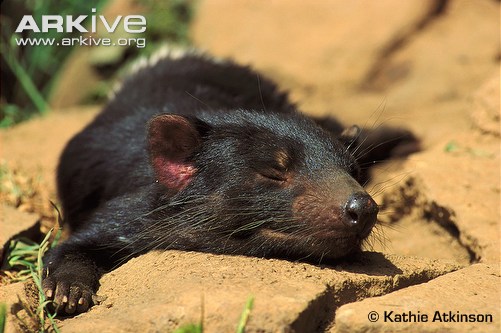
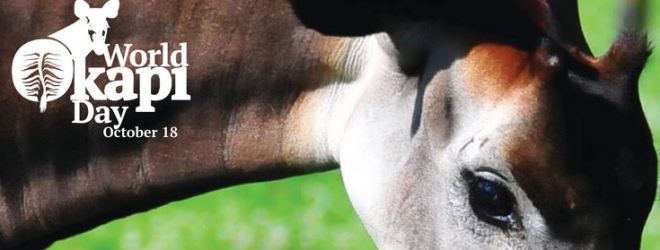




![IMG_1685[1].JPG](https://katrinajenkinson.files.wordpress.com/2016/08/img_16851.jpg?w=660)
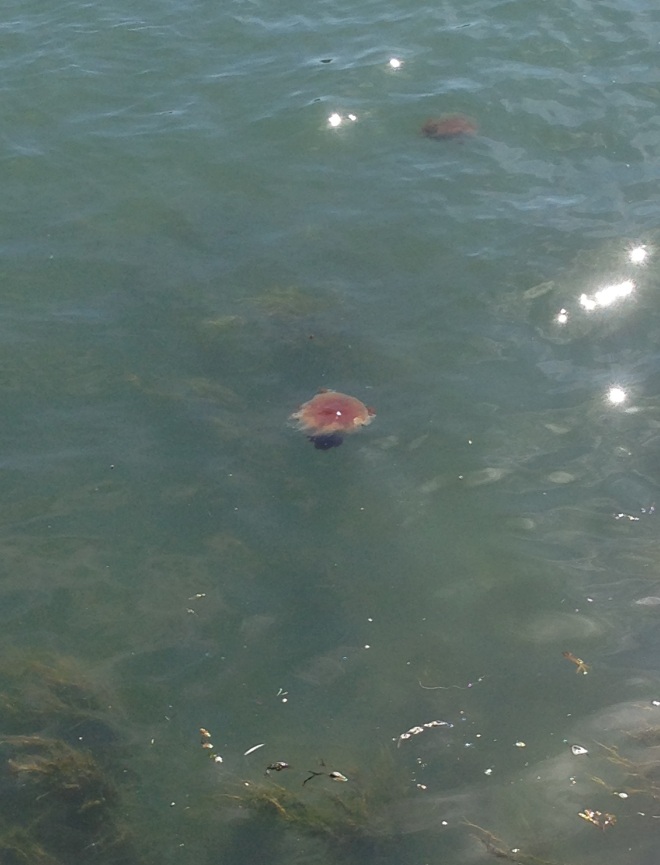


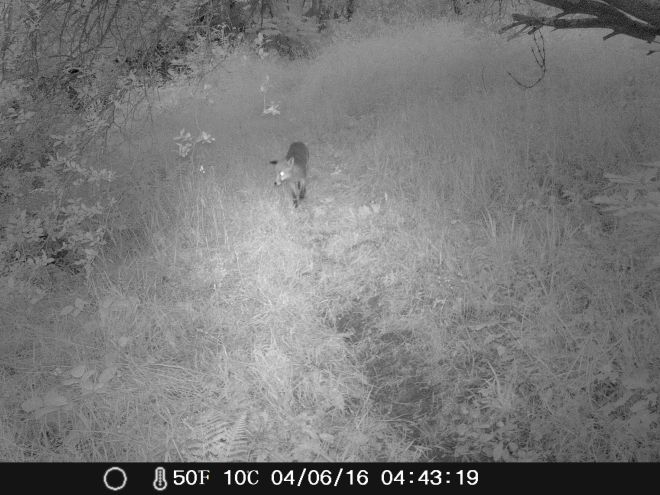
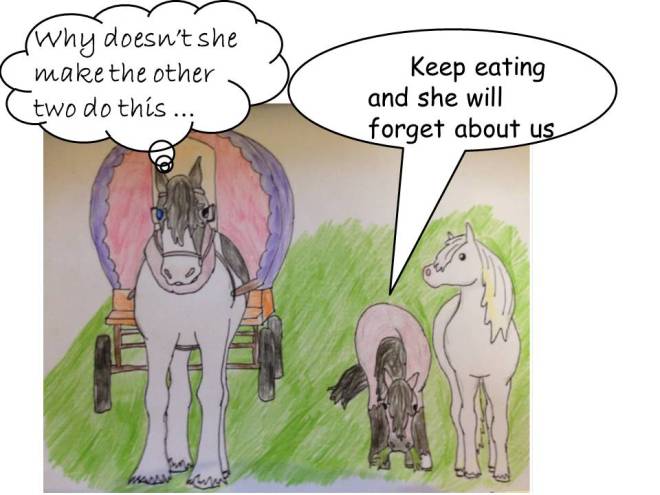


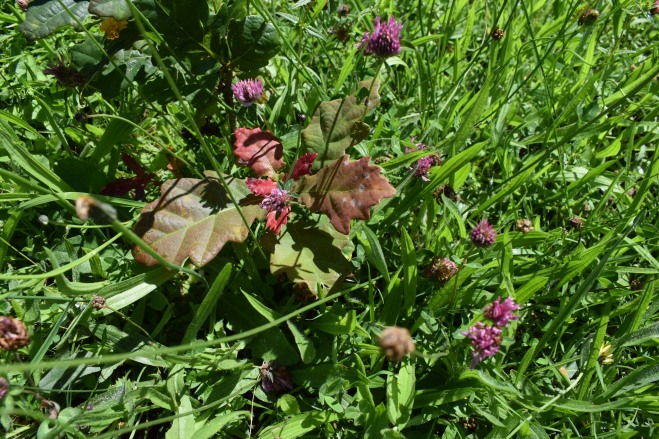
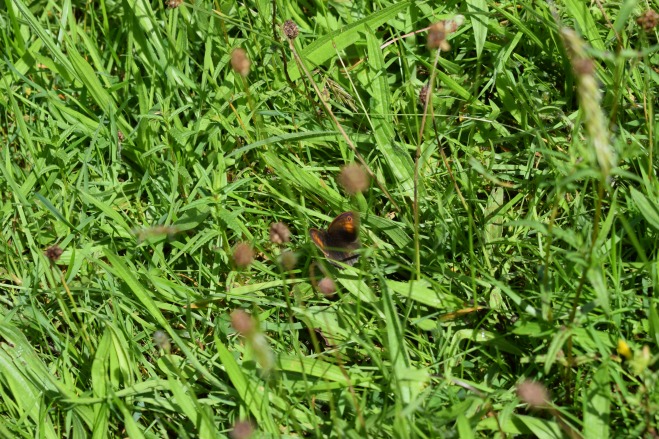
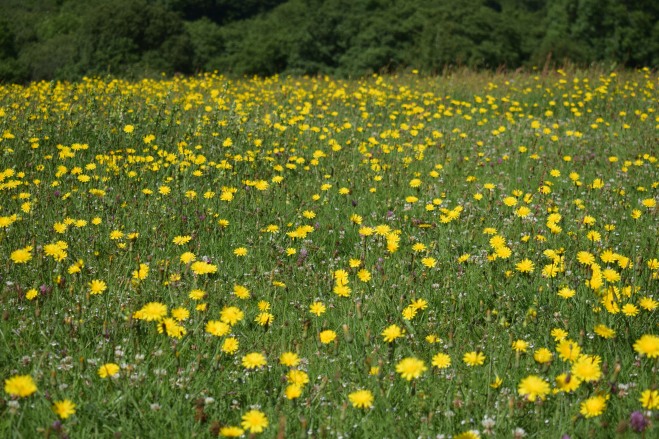
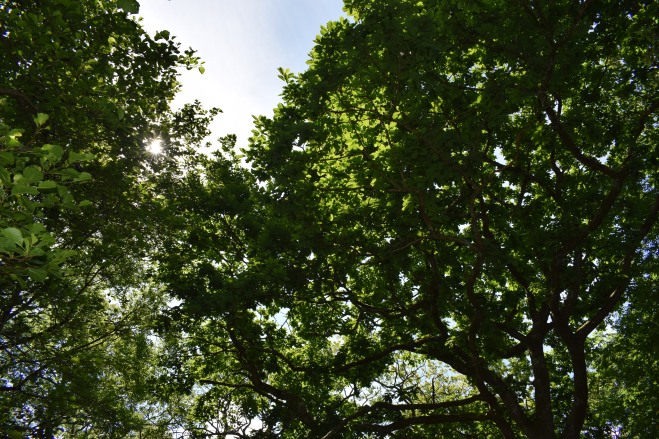
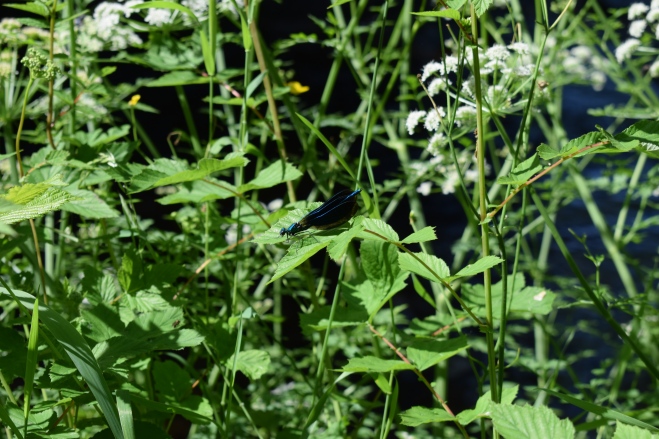


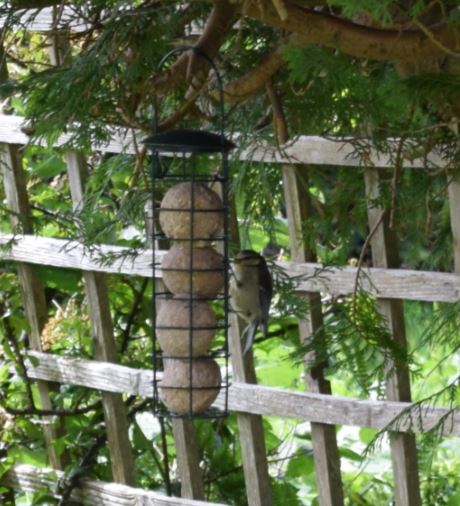
![IMG_1526[1] IMG_1526[1]](https://katrinajenkinson.files.wordpress.com/2016/06/img_15261.jpg?w=170&resize=170%2C127&h=127#038;h=127)
![IMG_1518[1] IMG_1518[1]](https://katrinajenkinson.files.wordpress.com/2016/06/img_15181.jpg?w=95&resize=95%2C127&h=127#038;h=127)

